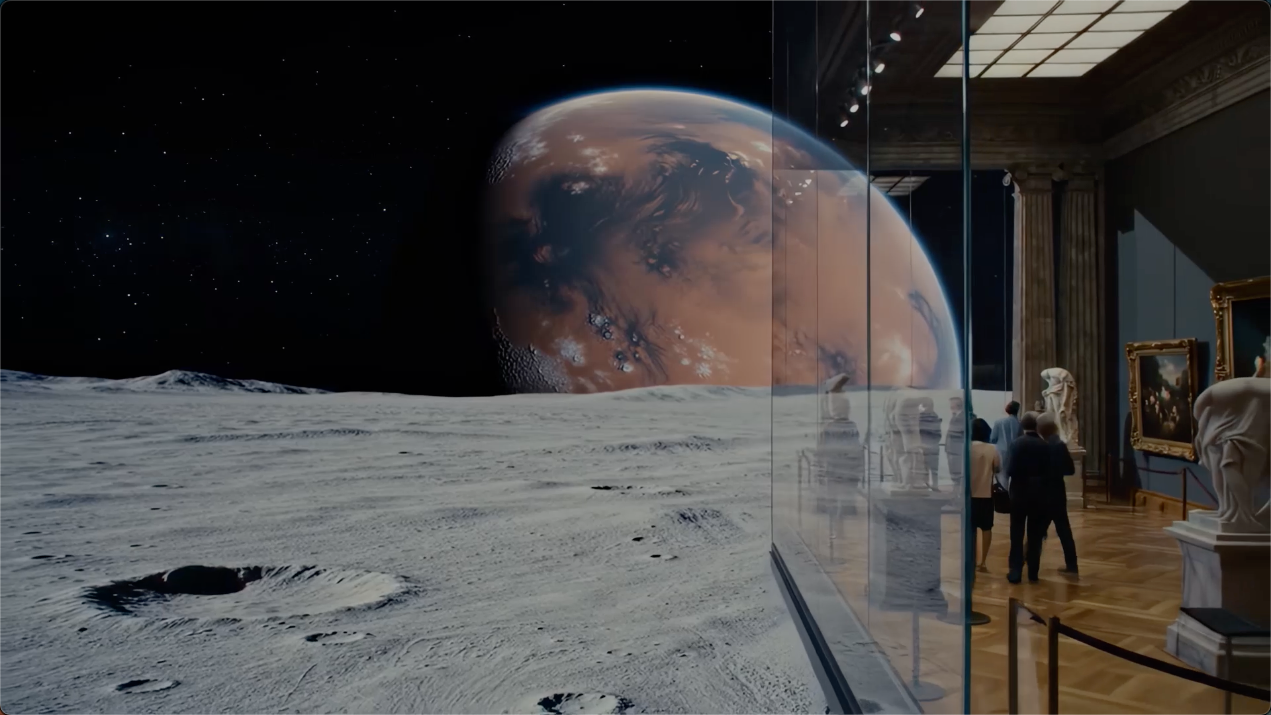Google's Comeback Story: Veo 3 Delivers What Sora Promised

The Redemption Arc We Didn't See Coming
For the past couple of years, Google has felt like a sleeping giant watching from the sidelines as OpenAI grabbed headlines with ChatGPT, DALL-E, and the much-hyped Sora video generation model. While everyone was talking about the "ChatGPT moment" and waiting for Sora to revolutionize video creation, Google seemed to be playing catch-up with their AI offerings.
But with the release of Veo 3, Google just reminded everyone why they've been the undisputed king of groundbreaking technology for decades. This isn't just a product launch it's Google's emphatic return to relevance.
What Makes Veo 3 Special
Google's latest state-of-the-art video generation model from DeepMind represents everything I was hoping Sora would deliver. While we've been waiting months for OpenAI to make Sora widely accessible, Google has stepped in with a solution that not only matches the promise but exceeds it in several key areas.
The standout features that caught my attention:
- Improved quality from both text and image prompts
- Integrated speech generation including dialogue and voice-overs
- Audio synthesis covering music and sound effects
- Intricate prompt handling that actually understands complex, detailed instructions
What strikes me most is how Google has approached this holistically. While other companies focus on generating silent video clips, Veo 3 creates complete audiovisual experiences. This isn't just video generation it's multimedia storytelling.
Real-World Impact: The Numbers Don't Lie
The proof is in the pudding, and the early adopters are seeing remarkable results:
Klarna is using Veo 3 to transform time-intensive production processes into quick, efficient tasks. They're scaling content creation rapidly from b-roll to YouTube bumpers with significantly reduced production timelines.
Jellyfish integrated Veo into their AI marketing platform Pencil and reported an average 50% reduction in costs and dramatic time-to-market improvements. They're literally turning "previously impossible ideas into real marketing content in minutes."
Kraft Heinz achieved perhaps the most stunning efficiency gain: what previously took them eight weeks now takes eight hours. That's not incremental improvement that's revolutionary transformation.
Why This Feels Different
Here's my personal take: Google's Veo 3 represents what I was genuinely expecting from OpenAI's Sora when it was first announced. The hype around Sora was enormous, but the actual accessibility and practical implementation have been disappointing.
Google, meanwhile, has quietly built something that actually works at scale. They've taken the gloves off with Gemini and Veo 3, showcasing the groundbreaking technology that Google was built on the same innovative spirit that gave us PageRank, MapReduce, and Transformer architecture.
The Technical Excellence
What impresses me most about Veo 3 is its ability to handle intricate prompt details. Looking at the examples Google shared:
- A historical adventure scene with a cartographer discussing ancient sea charts, complete with dialogue and atmospheric lighting
- A whimsical transition from an indoor purple room to a vibrant outdoor landscape with perfect continuity
- Complex scenes that maintain narrative coherence while generating both visual and audio elements
This level of prompt adherence and creative interpretation is what separates truly advanced AI from impressive demos.
The Broader Google Renaissance
Veo 3 isn't happening in isolation. It's part of a broader renaissance at Google that includes:
- Imagen 4 delivering outstanding text rendering and multilingual support
- Lyria 2 providing high-fidelity music generation with creative control
- Gemini showing remarkable improvements in reasoning and multimodal understanding
Google is demonstrating that they haven't lost their innovative edge they've been methodically building the infrastructure and capabilities to deliver production-ready AI tools that actually work in real business environments.
Looking Forward
While competitors have been focused on generating buzz and raising funding rounds, Google has been building. They've leveraged their massive computational resources, decades of AI research, and understanding of enterprise needs to create tools that businesses can actually implement today.
The availability of Veo 3 on Vertex AI with proper enterprise support, scalability, and integration capabilities shows that Google understands the difference between impressive demos and practical solutions.
My Take: The Giant Awakens
Google's approach with Veo 3 feels like watching a master craftsman at work. While others have been making noise, Google has been perfecting their craft. The result is a video generation platform that doesn't just match expectations it redefines them.
This is the Google I remember: the company that didn't just participate in technological revolutions but created them. With Veo 3, they're not following trends they're setting them.
The AI video generation space just got a lot more interesting, and honestly, it's about time Google reminded everyone why they're called a tech giant.
Conclusion
Veo 3 represents more than just another AI model release. It's Google's declaration that they're back in the game and playing to win. While we've been waiting for promised innovations from others, Google has delivered a comprehensive solution that's already transforming how businesses create content.
The sleeping giant has awakened, and the competition should be worried.
